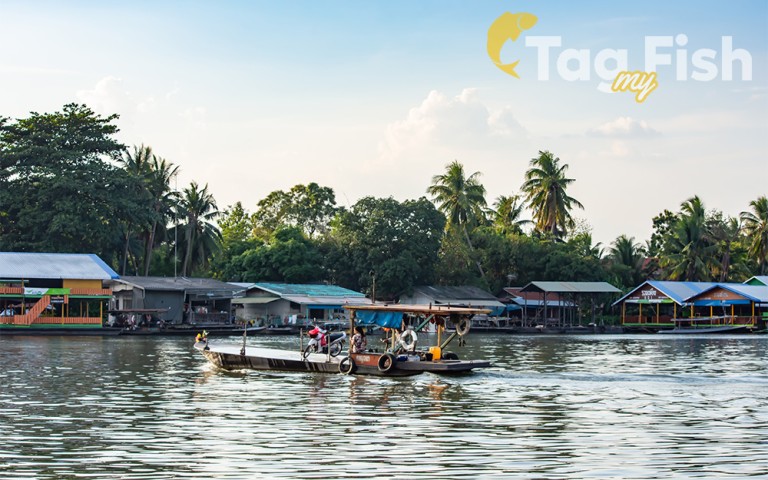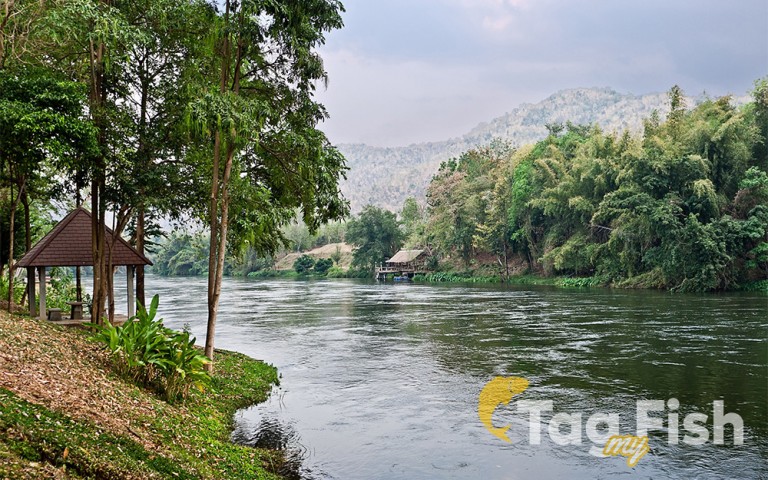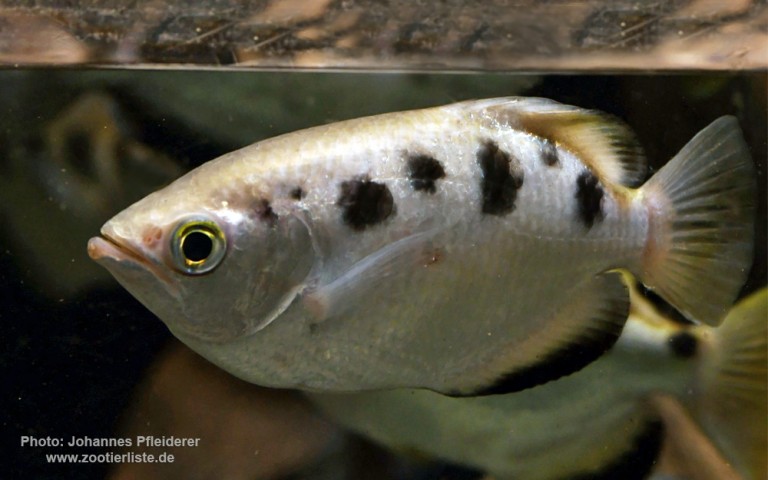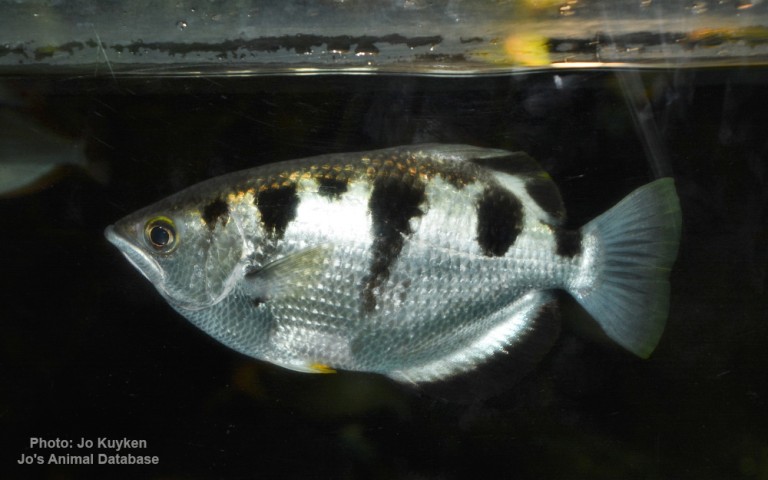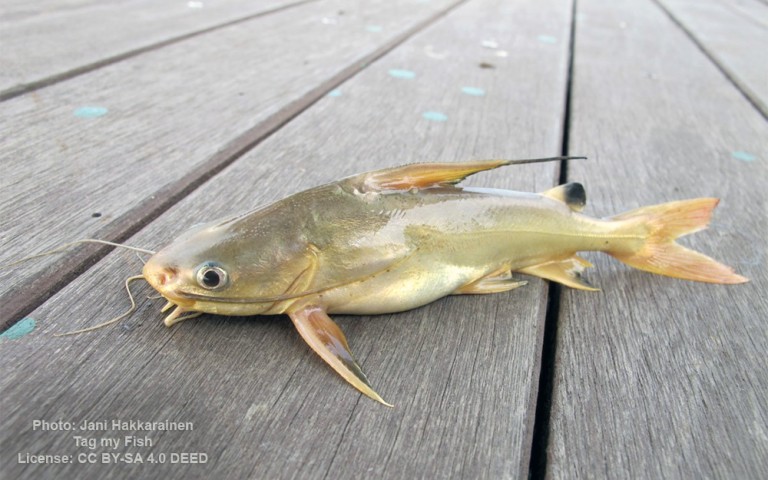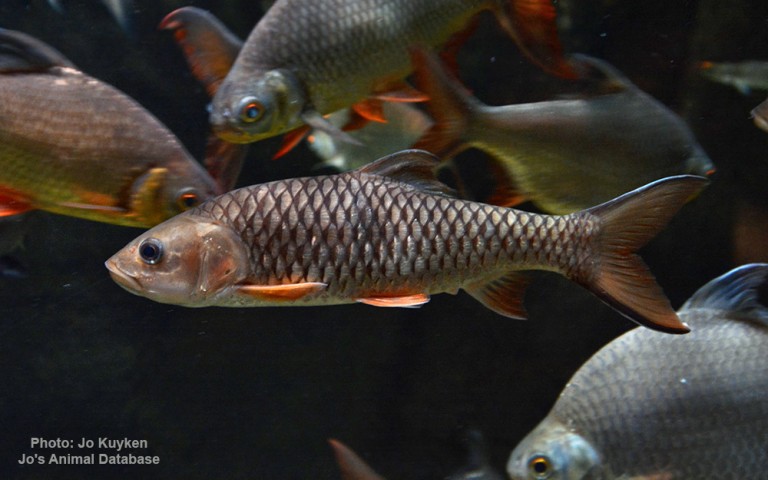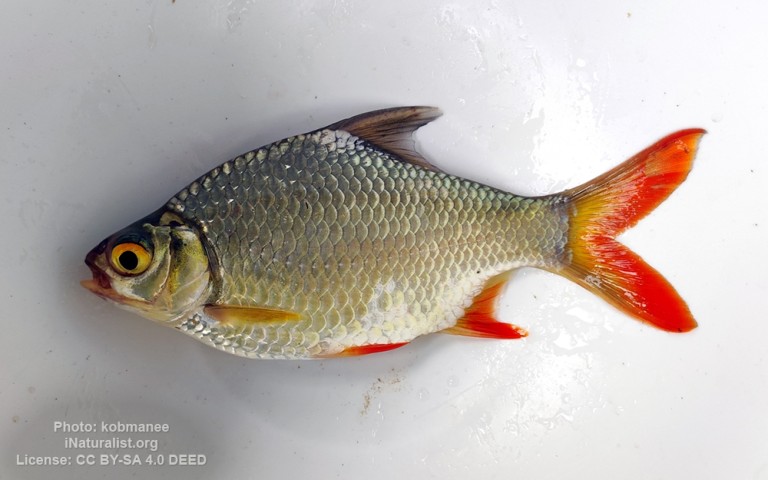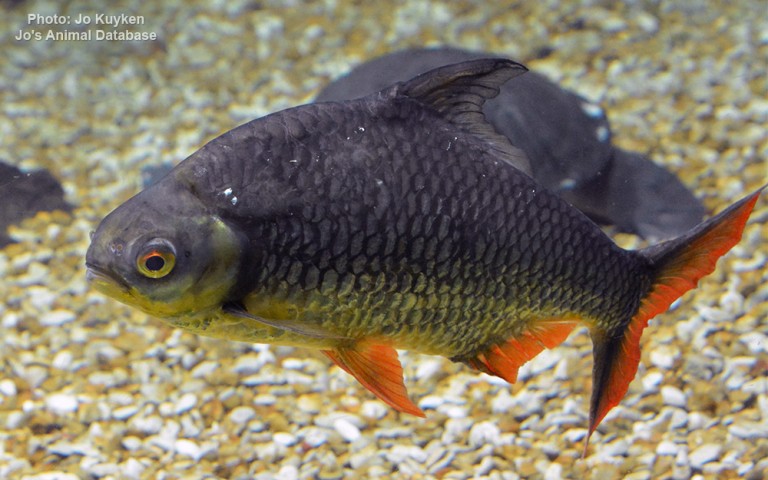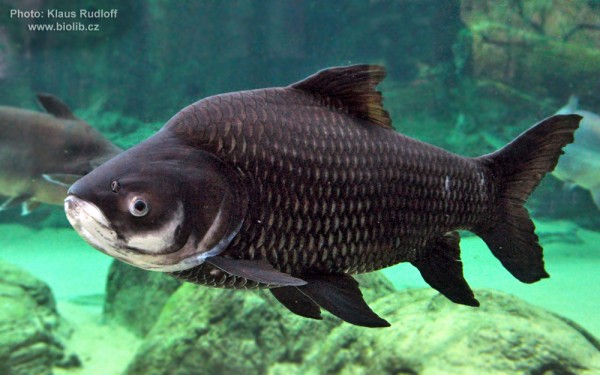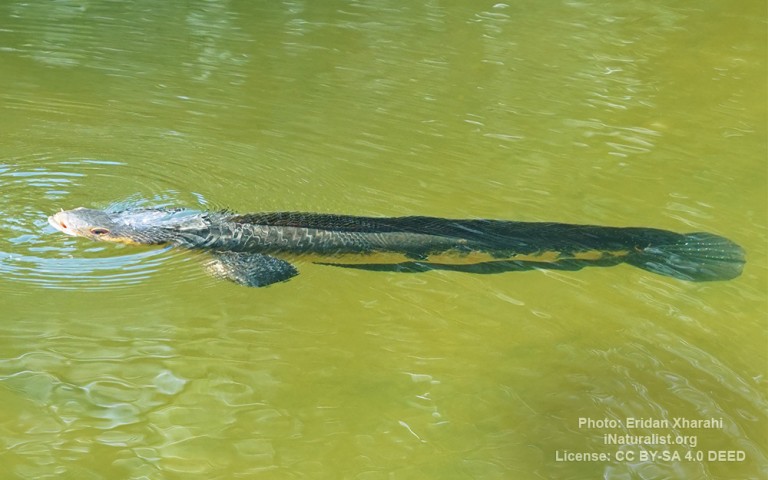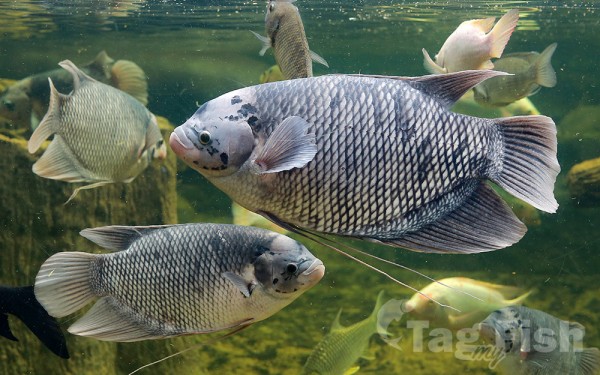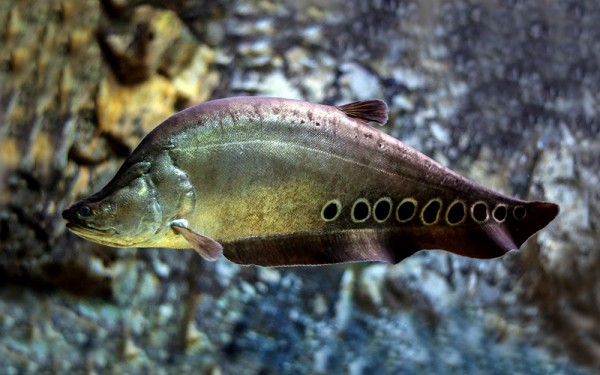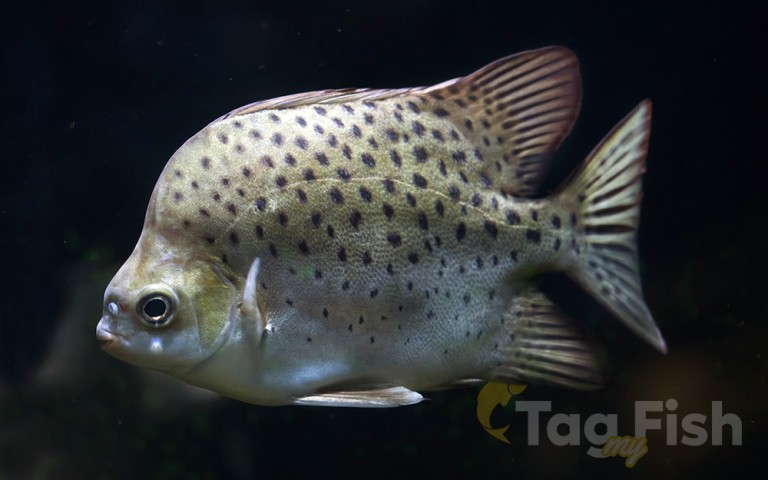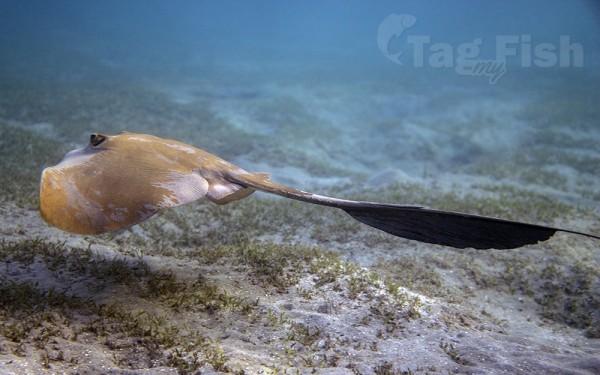Mae Klong
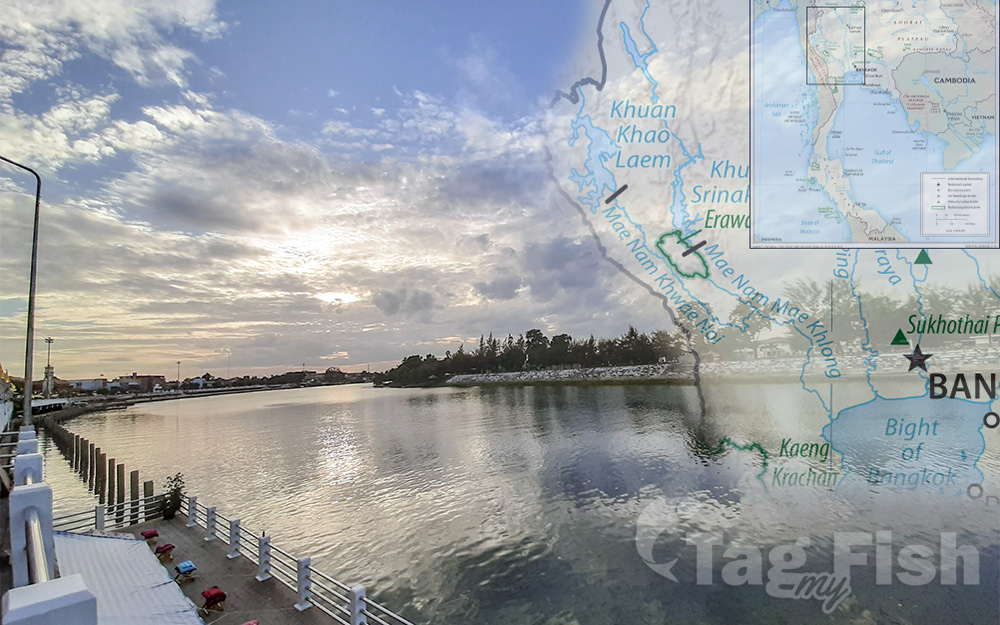
Sources
Perciformes - Perches
Siluriformes - Catfishes
Cypriniformes - Carps
Anabantiformes - Gouramies and snakeheads
Osteoglossiformes - Bony tongues
Acanthuriformes - Surgeonfishes
Myliobatiformes - Stingrays
Perciformes - Perches
Siluriformes - Catfishes
Cypriniformes - Carps
Anabantiformes - Gouramies and snakeheads
Osteoglossiformes - Bony tongues
Acanthuriformes - Surgeonfishes
Myliobatiformes - Stingrays
Perciformes - Perches
Siluriformes - Catfishes
Cypriniformes - Carps
Anabantiformes - Gouramies and snakeheads
Osteoglossiformes - Bony tongues
Acanthuriformes - Surgeonfishes
Myliobatiformes - Stingrays
The Mae Klong, sometimes spelled Mae Khlong or Meklong, is a big river in western Thailand. The river begins at the confluence of the Khwae Noi (Khwae Sai Yok) and the Khwae Yai River (Khwae Si Sawat) in Kanchanaburi, it passes Ratchaburi Province and empties into the Gulf of Thailand in Samut Songkhram Province.
The actual origin of the river is in the Tenasserim Hills, around the Khuean Srinagarindra National Park area in the north of Kanchanaburi Province. In its upper reaches, it feeds the giant Umphang Thee Lor Sue Waterfall.
The Mae Klong river basin has a tropical savanna climate, and is subject to two major thermal systems, the southwest and the northeast monsoons. The southwest monsoon brings moisture up from the Indian Ocean beginning in May and climaxing with heavy rains in September and October. These heavy rains are supplemented by cyclones out of the South China Sea during the same two months. The rising of the winds of the northeast monsoon bring an end to this rainfall. Almost 80% of the annual rainfall in the basin occurs in the half-year from May to October. Total annual rainfall ranges from 1,000 millimetres (39 in) on the coast to 2,400 millimetres (94 in) at the higher elevations. Temperatures in the basin range from lows of 18°C to highs of 38°C.
Giant freshwater stingrays inhabit the river.
